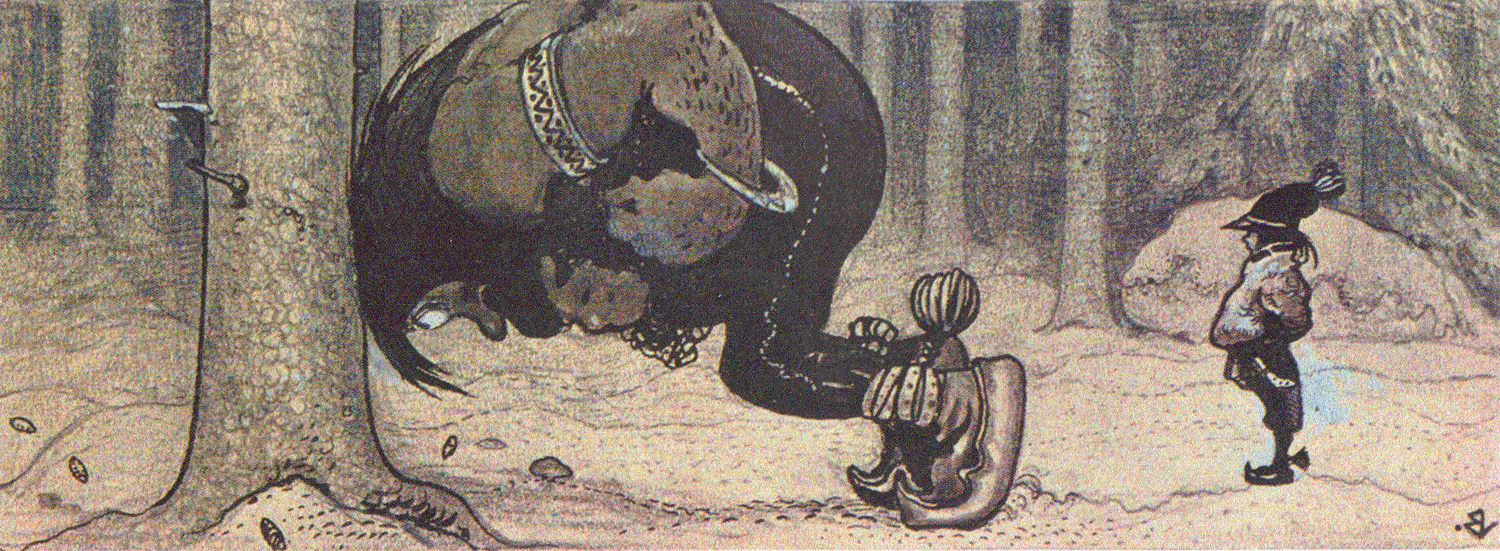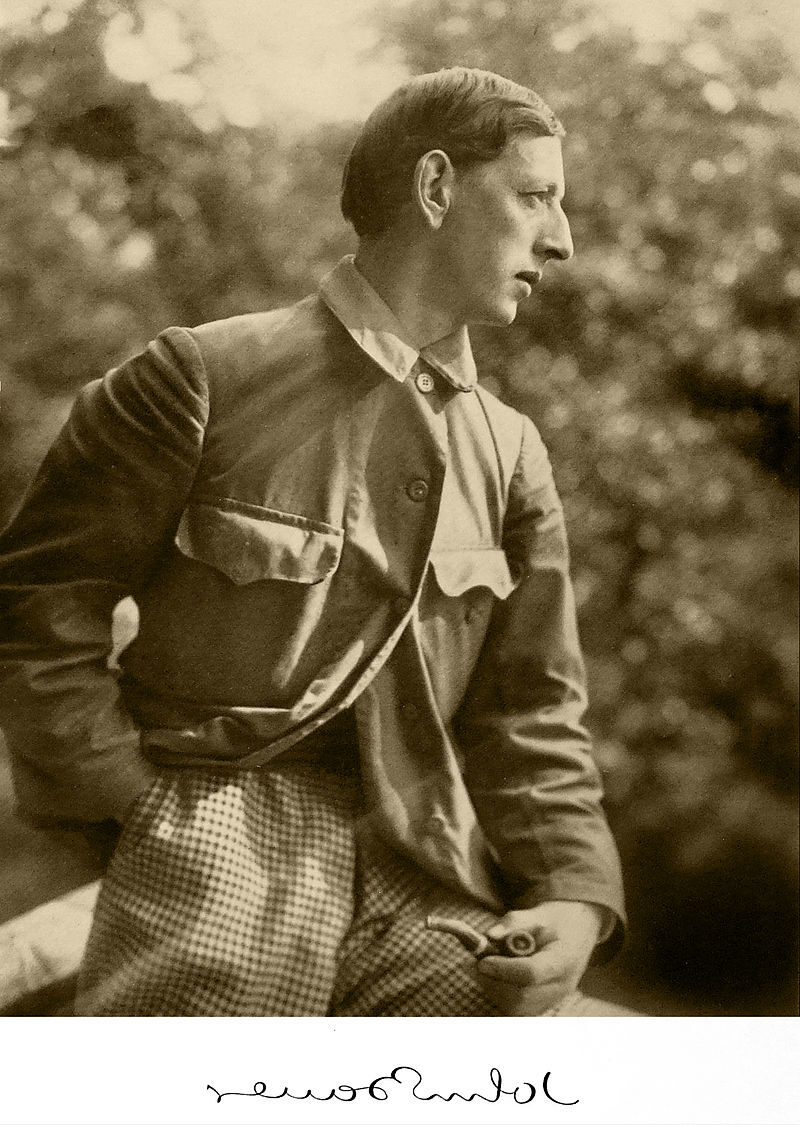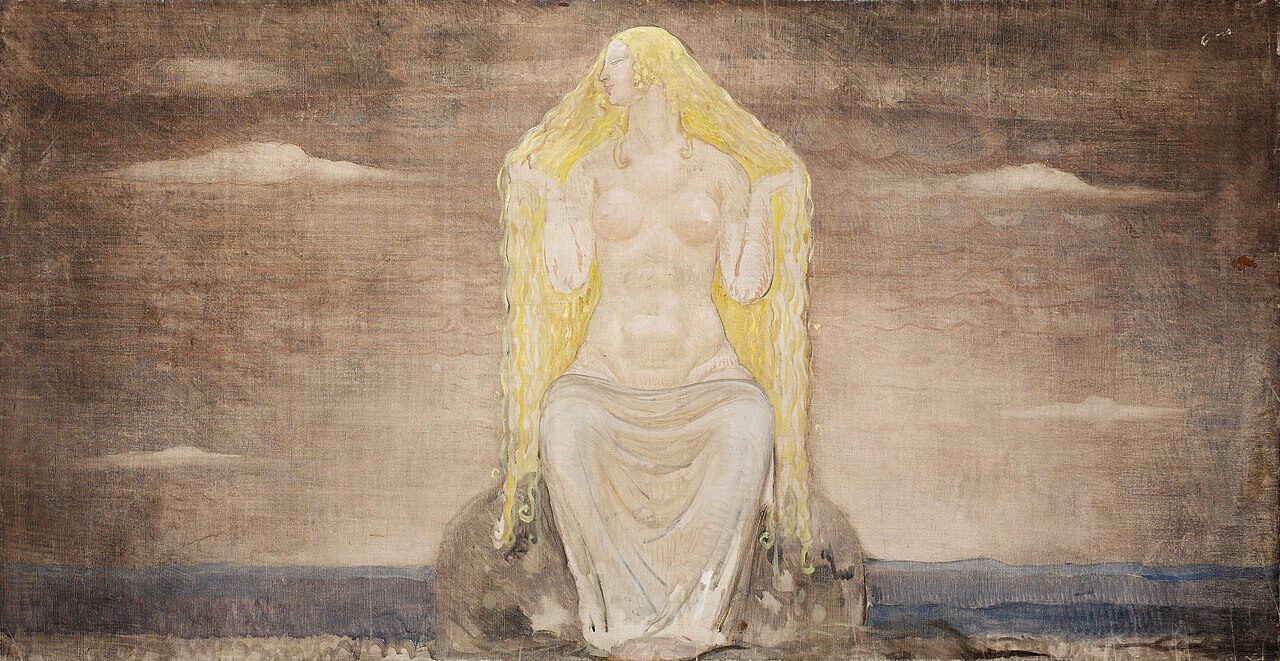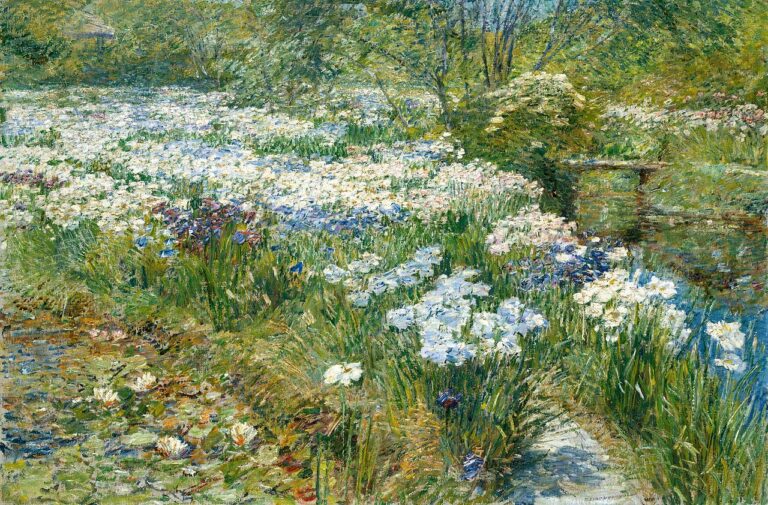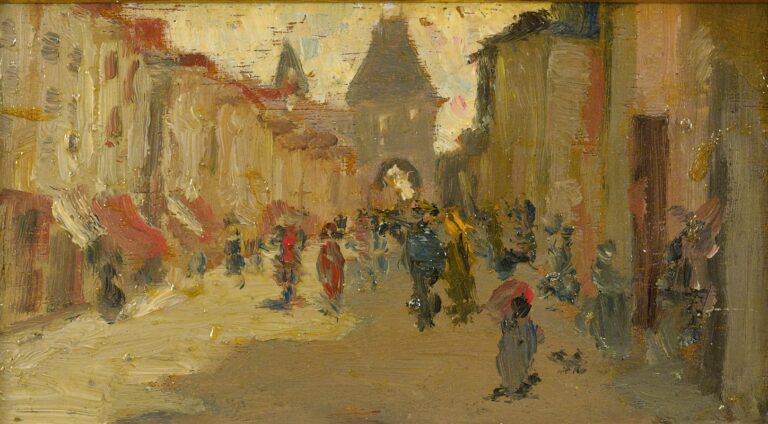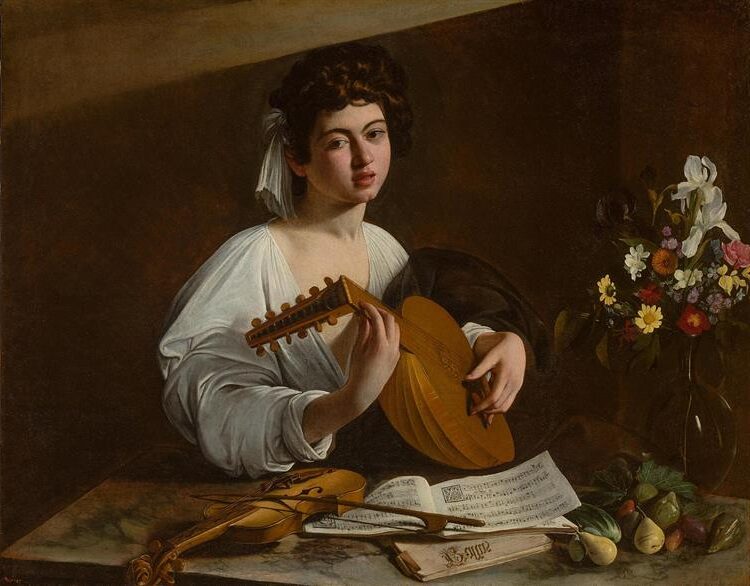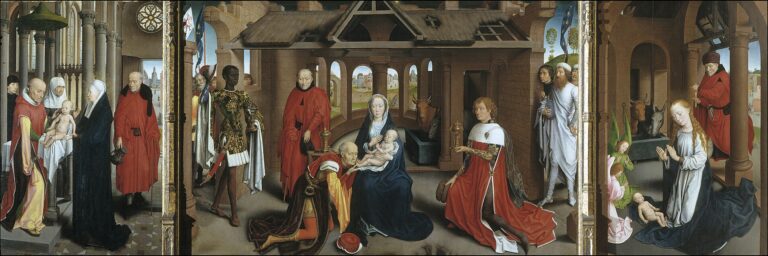John Bauer Painter: The Master of Austrian Folk and Fairy Tale Art
Born: 4 June 1882, Jönköping, Sweden
Death: 20 November 1918, Vättern, Sweden
Art Movement: Romantic, Nationalism
Nationalité : Suédois
Teacher: Gustaf Cederström
Institution: Kaleb Ahltins school for painters and Royal Swedish Academy of Arts
John Bauer Painter: The Master of Austrian Folk and Fairy Tale Art
Life and Early Career
John Albert Bauer was born on June 4, 1882, in Sweden. He showed artistic talent from a young age and pursued his passion for art seriously as a teenager.
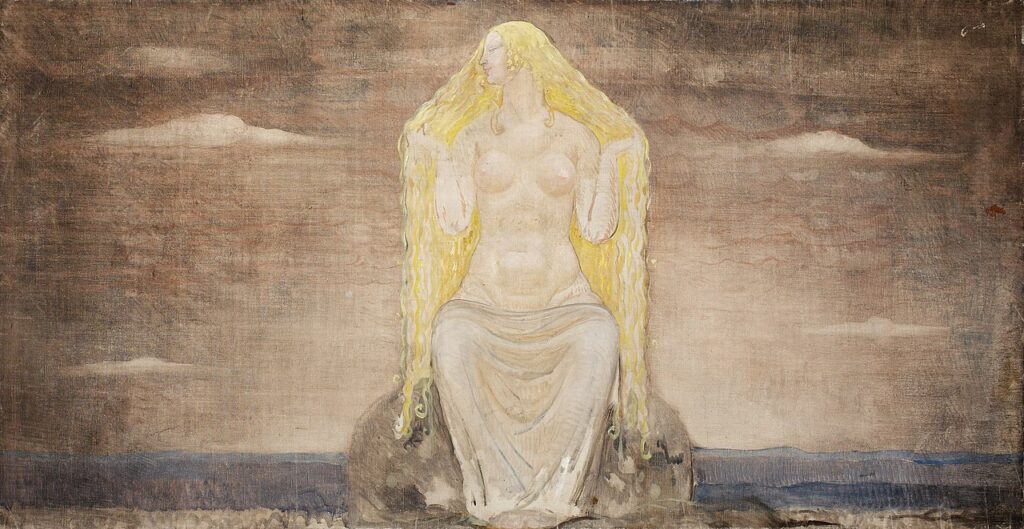
Freja, 1905, by John Bauer
At 16 years old, Bauer moved to Stockholm to begin his formal art education. After two years of study, he was accepted into the prestigious Royal Academy of Art in Stockholm.
At the Academy, Bauer received classical training in art techniques and anatomy. These fundamental skills would later help him create his distinctive style of illustration.
Bauer sold his first illustrations to Söndags-Nisse, a popular Swedish magazine. This early professional success allowed him to earn money with his artwork while still developing his skills.
The young artist became known for his detailed depictions of Swedish landscapes and mythology. His artistic vision was strongly influenced by the natural beauty of his homeland and its rich folk traditions.
Bauer also traveled to Italy to expand his artistic horizons. Like many artists of his era, he sought inspiration in the classical art and varied landscapes of this culturally rich country.
By his mid-twenties, Bauer had established himself as a notable Swedish painter and illustrator. His distinctive style and subject matter would soon make him one of Sweden’s most beloved artists.
Style artistique et thèmes
John Bauer’s distinctive style artistique merged fantasy with the natural world, creating illustrations that captured the essence of Swedish identity. His work is known for its detailed portrayal of forests, mythical creatures, and the interplay between light and shadow that creates a magical atmosphere.
Influence of Swedish Folklore
Bauer’s art deeply reflected the rich traditions of Swedish folklore. He illustrated numerous trolls, forest spirits, and mythological beings that populated Swedish folk tales. These creatures were often depicted with human-like qualities but distinctly non-human features – large noses, shaggy bodies, and ancient eyes that suggested wisdom beyond human understanding.

Lena Dances with the Knight, 1915, by John Bauer
The artist drew inspiration from the Romantic Nationalist movement popular during his time. This movement celebrated Sweden’s cultural heritage and unique identity through art and literature. Bauer’s depictions of folklore creatures weren’t frightening but rather portrayed with empathy and depth, suggesting their ancient connection to the land.
His work also incorporated elements from Sami culture, particularly during his trips to Lappland. These experiences enriched his visual vocabulary and added authenticity to his mythological illustrations.
Integration of Nature and Myth
The forest served as more than just a backdrop in Bauer’s work – it was practically a character itself. His detailed illustrations showed dense woodland settings with twisted roots, moss-covered stones, and magical light filtering through branches.
Bauer used watercolor techniques masterfully to create atmospheric effects that blurred the line between reality and fantasy. His color palette often featured deep blues, forest greens, and earthy browns that evoked the mysterious Nordic wilderness.
The landscape in Bauer’s illustrations wasn’t merely decorative but integral to the narrative. Mountains, lakes, and forests became charged with mythological significance, reflecting the Swedish cultural connection to nature as a place of both wonder and danger.
Focus on Fairy Tales
Bauer’s illustrations for “Among Gnomes and Trolls” (Swedish: “Bland Tomtar och Troll”) anthology series established his reputation as a premier fairy tale illustrator. His images brought to life the stories of princesses, trolls, and magical quests with a distinctive Scandinavian flavor.
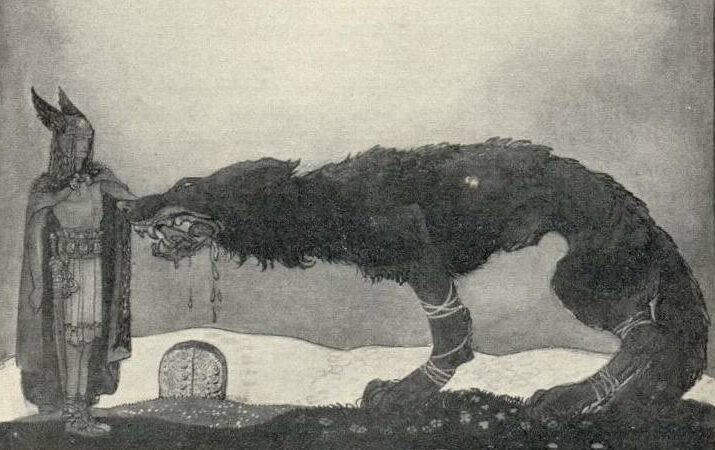
Tyr and Fenrir, 1911, by John Bauer
His fairy tale illustrations often featured compositional contrasts between small human figures and massive trolls or vast landscapes, emphasizing humanity’s vulnerability in the face of natural and supernatural forces. Bauer’s princess characters typically appeared dignified and brave rather than helpless.
He employed different techniques across his career, including fresco, oil painting, and watercolor, though he became most known for his watercolor illustrations. His fairy tale work balanced darkness with beauty, creating images that appealed to children while containing deeper symbolic elements that resonated with adults.
Œuvres notables et héritage
John Bauer created a remarkable body of work during his short life, leaving behind paintings and illustrations that continue to influence fantasy art today. His distinctive style blending Swedish folklore with dreamlike landscapes established him as one of Scandinavia’s most beloved artists.
Iconic Paintings and Prints
“The Princess and the Troll” (1913) remains one of Bauer’s most recognizable works, depicting a small troll gazing up at a beautiful princess. The contrast between the grotesque troll and elegant princess exemplifies his artistic vision.
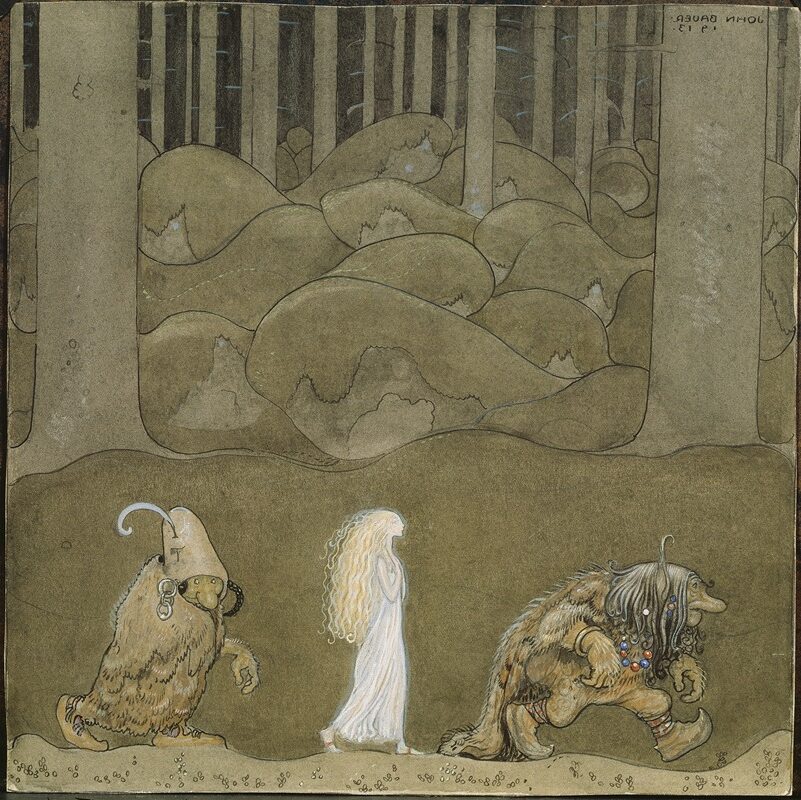
The Princess and the Trolls, 1913, by John Bauer
“Princess Tuvstarr and the Fishpond” (1913) shows the princess gazing into dark waters, having lost her heart. This haunting image captures the melancholy that often permeated Bauer’s work.
“Leap the Elk” featured in multiple illustrations, serving as a noble steed for his fairy tale characters. The majestic creature became a recurring motif in his folklore-inspired art.
“The Trolls in Domberget” portrays ancient creatures with stone-like features, blending perfectly with the Swedish forest landscape. Bauer’s trolls appeared both menacing and strangely sympathetic.
Children’s Book Illustrations
Bauer’s most significant contribution came through his illustrations for “Bland Tomtar och Troll” (Among Gnomes and Trolls), a popular anthology of Swedish folklore published annually from 1907-1915.

Vill Vallareman (Fairy Shepherd), 1910, by John Bauer
His work for “Our Fathers’ Godsaga” brought Norse mythology to life with dramatic interpretations of ancient tales. These illustrations demonstrated his ability to work in a more historically influenced style.
“Into the Wide World” showed Bauer’s talent for capturing the feeling of adventure and unknown possibilities. His illustrations often featured small human figures against vast, mysterious landscapes.
Bauer developed a distinctive watercolor technique using muted blues, greens, and browns. This approach created magical forest scenes that felt authentically Scandinavian while maintaining an otherworldly quality.
Posthumous Influence
After his tragic death in a shipwreck in 1918, Bauer’s work continued to grow in popularity. His illustrations have been republished countless times, introducing new generations to his fantastical vision.
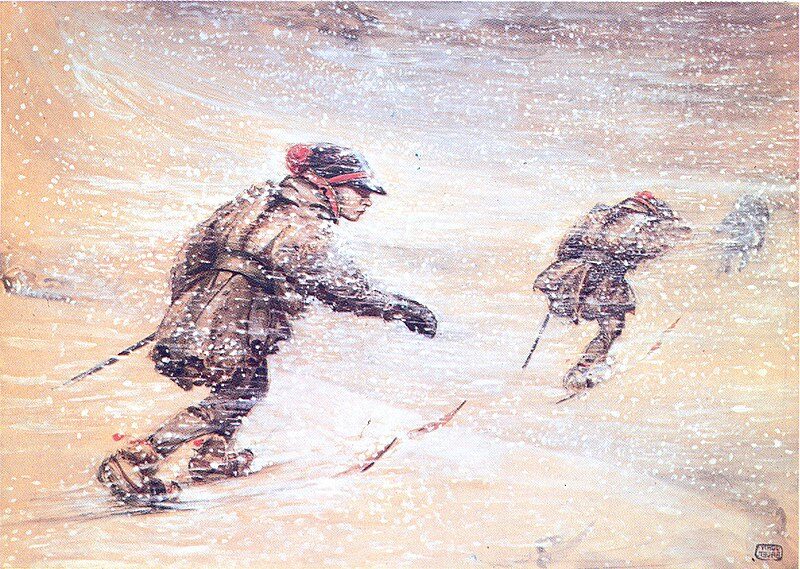
Lapplanders in Snowstorm, 1904–1905, by John Bauer
Modern fantasy artists frequently cite Bauer as an inspiration. His approach to depicting trolls and forest creatures has influenced countless illustrators and concept artists working in film, games, and books.
Several museums in Sweden maintain permanent collections of his paintings and prints. The Jönköping County Museum holds the largest collection of his original works.
Bauer’s distinctive vision of trolls—with their stone-like features, bulbous noses, and expressive eyes—has become the definitive interpretation of these creatures in popular culture. His work continues to define how we imagine the folklore creatures of Northern Europe.
Questions fréquemment posées
John Bauer’s artwork continues to captivate audiences with its distinctive style and mythical themes. His techniques, subject matter, and héritage artistique have made him one of Sweden’s most celebrated painters.
What are the most renowned themes in John Bauer’s paintings?
Forests and nature dominate Bauer’s most famous works. He portrayed the Swedish woodlands as mysterious, enchanted places filled with hidden wonders.
Trolls appear frequently in his paintings, depicted as ancient, moss-covered creatures that blend with their forest surroundings. These beings often have exaggerated features but maintain a certain dignity.
Princesses and young heroes feature prominently in his work. These human characters typically appear small and vulnerable against the vast wilderness, creating a striking contrast.
Water elements like misty lakes and dark ponds serve as magical boundaries in many paintings. These bodies of water often separate the human world from supernatural realms.
How has John Bauer influenced modern fantasy art?
Bauer’s distinctive style has heavily influenced modern fantasy illustrators and concept artists. His approach to creature design can be seen in contemporary films, games, and books.
His method of portraying nature as both beautiful and slightly menacing has become a common approach in fantasy worldbuilding. This duality creates environments that feel magical yet dangerous.
Many modern artists cite Bauer when discussing the “Nordic fantasy” aesthetic. His work helped define a visual language for Scandinavian folklore that continues to inspire artists today.
The delicate balance between whimsy and darkness in his art has influenced how fantasy creators approach tone in their works. This nuanced approach avoids simplistic good-versus-evil narratives.
What is the history and significance of the John Bauer ‘Princess’ series?
The Princess series began with illustrations for Swedish fairy tale collections in the early 1900s. These works appeared primarily in the annual Christmas magazine “Bland Tomtar och Troll” (Among Gnomes and Trolls).
Princess Tuvstarr is perhaps the most iconic character from these illustrations. Her story of losing her golden heart in a dark tarn (small mountain lake) has become a beloved Swedish tale.
The princess images represent a significant shift in how female characters were portrayed in children’s literature. Bauer’s princesses show curiosity, courage, and agency rather than passivity.
These illustrations helped cement Bauer’s reputation during his lifetime. The Princess series became his most commercially successful and widely recognized body of work.
Can you detail the process John Bauer used to create his artwork?
Bauer typically began with detailed pencil sketches to establish composition. His preliminary drawings often included extensive notes about color choices and atmospheric effects.
Watercolor served as his primary medium, applied in thin, transparent layers. This technique allowed him to create the misty, dreamlike quality that characterizes his work.
He combined watercolor with gouache (opaque watercolor) for highlights and details. This mixing of techniques gave his paintings their distinctive luminous quality.
Bauer often worked on specialized paper that could handle multiple washes of color. He carefully built up layers to achieve rich tones while maintaining transparency.
His color palette typically featured cool blues, greens, and browns. These earth tones helped create the moody atmosphere of his forest scenes.
Which museums or galleries display John Bauer’s original works?
The Nationalmuseum in Stockholm houses the largest collection of Bauer’s original paintings and illustrations. This includes many of his most famous works and preparatory sketches.
Jönköping County Museum in Sweden maintains a significant collection. This is particularly fitting as Bauer was born and raised in Jönköping.
The Göteborg Museum of Art displays several important pieces. Their collection includes both standalone artwork and illustrations created for publications.
Smaller regional museums throughout Sweden often feature rotating exhibitions of his work. These shows typically include items on loan from the larger institutions.
Several private collections also contain Bauer originals, though these pieces rarely appear in public exhibitions. Occasionally, these works appear at auction for substantial sums.
What are the notable characteristics of John Bauer’s art style?
Silhouetting is a signature technique in Bauer’s work. Dark figures are often positioned against lighter backgrounds, creating dramatic visual impact.
His attention to botanical details demonstrates remarkable accuracy. Trees, plants, and fungi are rendered with scientific precision despite the fantastical settings.
Economy of line characterizes his drawing style. Bauer could convey complex emotions and textures with surprisingly minimal linework.
Atmospheric perspective appears consistently in his forest scenes. Distant elements fade into mist, creating a sense of depth and mystery.
His human figures typically feature elongated proportions. This slight exaggeration gives his princesses and heroes an ethereal, otherworldly quality.

